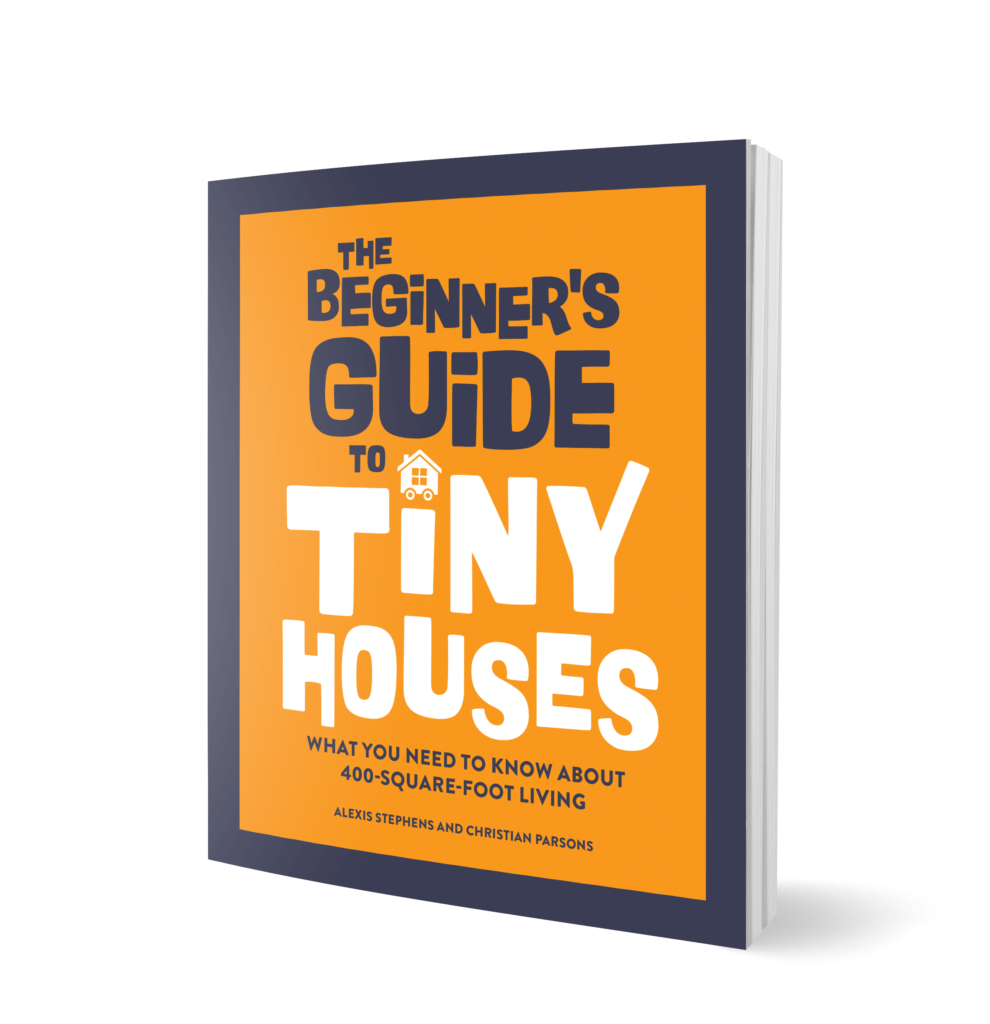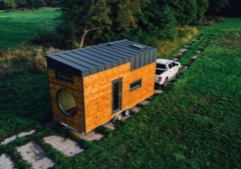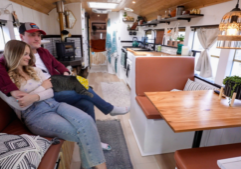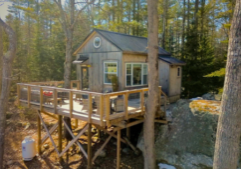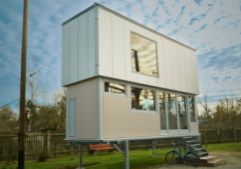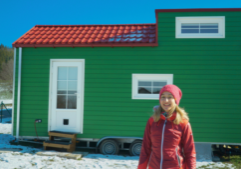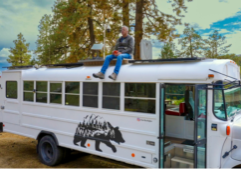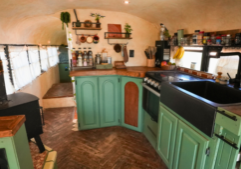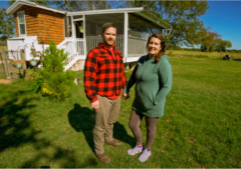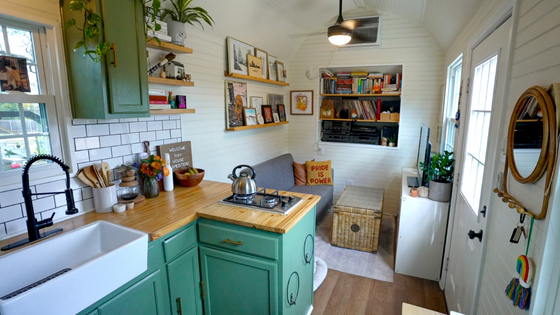
Tips to Help You Transition to Tiny Home Living
Tiny homes have become highly popular in the housing industry over recent years. They represent the unrivaled benefits of living in a simple and inexpensive house. More than 50% of Americans are ready to adopt a tiny home lifestyle instead of living in conventional housing. Most people consider the minimalist living to help achieve a more flexible lifestyle, to be able to own a home, or to help achieve some kind of big goal.
However, it's essential to prepare before moving into a tiny home. The following tips can help you make a smooth transition.
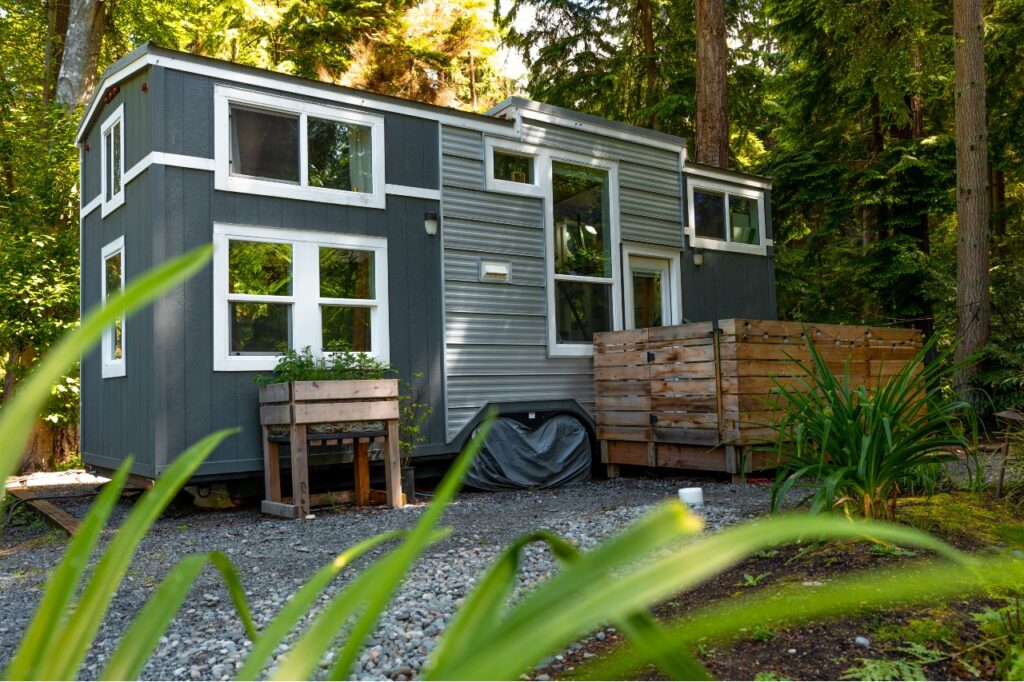
1) Drop the Mass Consumerism Mentality
Modern society pushes the more is better concept almost everywhere you turn, from social media to advertising and beyond. It's infiltrated our perspectives on success, which begins when we're children. This is inclusive of status symbols but also traditional homeownership, etc. The more you have, the more responsible & prosperous society perceives you.
The consumerist ideology expects people to accumulate more and more things even when they don't make sense. Mainstream expectations lead people to go into debt to keep up. Unfortunately, the path doesn't lead to happiness and peace of mind.
If you're preparing to transition into tiny home living, you must drop the consumerism mentality. Of course, this makes logical sense, but it may be more emotionally complicated than you think. Crazed consumerism tendencies can be deeply embedded. Now, it's time to contemplate your essential needs for comfortable, simple living deeply. This will inform the size and design of your tiny future home.
Moving forward, every purchase you make needs to be intentional—no more impulse purchases. Consider if what you're buying is a necessity, if it will add value to your new tiny home, or if it will prevent you from achieving the goals behind your decision to live tiny.
2) Understand Applicable Regulations
Building codes and zoning ordinances can pose challenges for tiny homeowners, especially if they have a mobile unit. The regulations for tiny homes are constantly evolving. A growing number of municipal authorities allow accessory dwelling units where you can add a THOW in a backyard. However, this regulation is friendlier in some states and stringent in others.
You can also live legally in a tiny house parked at many RV parks. But in some areas, length of stay is strictly enforced. Tiny home communities are more secure but harder to find. Buying land to place your THOW legally is very limited and expensive. With that said, there are many opportunities to rent space on someone else's property. However, it's essential to know this is not technically allowed in most places. One complaint from a neighbor could lead to eviction, but many, many tiny homeowners never experience this.
Research applicable regulations for where you want to live in your tiny home. It's better to know what's allowed if you decide to bend the rules, so you understand the risk. If you want to avoid risk, you'll need to invest time into finding a secure legal parking spot before pulling the trigger on buying or building a tiny house.
Check out our tiny house parking guide for more tips!
3) Organize and Downsize
You don't have to sell, dispose of, or give away all your items in preparation for tiny living. Downsizing is all about curating. Living more minimally does not mean depriving yourself. There is NO standard for the "right" amount of stuff–to each their own. It's all about what feels right to you.
In your current home, focusing on sifting through your things one room at a time allows you to ease into downsizing and avoid feeling overwhelmed. Give each room in your current home a first pass. Look for obvious things you can discard and throw them away.
Next, time for a second pass of each room to dig a little deeper. Now's the time to sift through and touch everything. Remember, it doesn't have to be done all at once. Try setting aside three times a week. One room may take just three sessions, and another may take an entire month.
Hold each item: clothes, toiletries, books, etc. Pause for reflection, then label it as keep, discard, or maybe. Further sort the discard pile into donate, sell, or trash categories. You will further refine your keep and maybe piles later on.
Track your keep and maybe piles by clearly labeling them. You can also take photos to organize in folders on your phone. This is ideal for items too large to go in a pile, such as a couch. Remember, your keep pile is stuff you use, so make sure it's all readily accessible. Once a month, evaluate and note how often you use these items so that you can know their value to you.
The more you sort, the more you might realize that you can get rid of a lot with minimal heartache. It's incredible the clutter we collect over the years without even realizing it! This process may also lead you to find precious items you had misplaced or forgotten about. Consider this: If you haven't thought about an object for a long time, do you really need it?
If you are on a tight schedule, you can enlist professional organizers, downsizing consultants, and junk removal and moving companies, like an Oshawa company. When it comes time to move into your tiny home, you can utilize a storage unit for items that require more processing time. This can relieve pressure on the downsizing process.
Have you ordered our book yet?
Learn the history of the modern movement, get a breakdown of tiny home styles, and meet the passionate tiny community. The Beginner's Guide to Tiny Houses also discusses the pros and cons of micro-living―is a tiny house right for you, right now?
What people are saying:
"Most books about tiny homes are really just about the fantasy, with beautiful pictures in far-off places, but they don't tell you how to get from point A to point B. That's where this book comes in and fills in all the gaps!"

